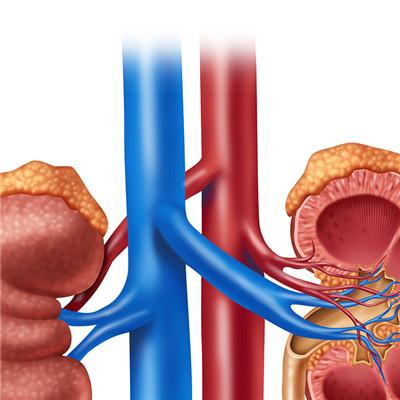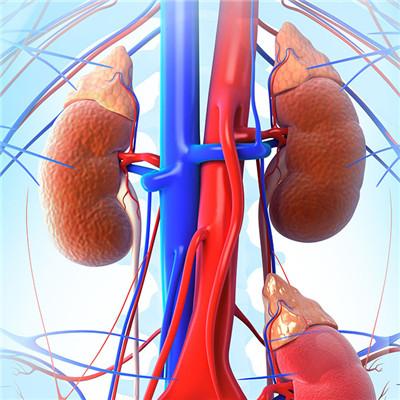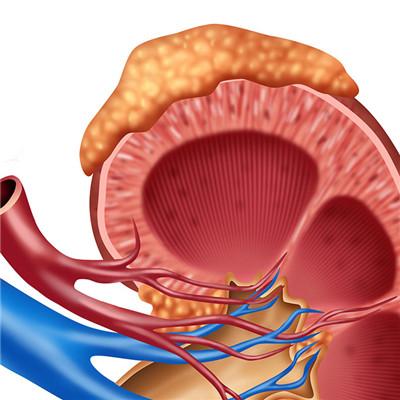How to detect polycystic kidney in prenatal examination?
summary
Adult polycystic kidney disease, an autosomal dominant genetic disease, has a high incidence in the population, with familial mass; It also has the characteristics of delayed onset, often in 30-50 years old. By the age of 60, half of the patients will have uremia. Now let me talk about how polycystic kidney can be detected in prenatal examination?.
How to detect polycystic kidney in prenatal examination?
First, the reproduction of all life in the world depends on the function of genetic material gene. It's genes that make us similar to our parents; It's genes that make each of us unique. The genes of each family have both "great similarity" and "little difference". The bad gene mutation can cause disease, and the bad gene can be passed on from generation to generation. The inheritance of polycystic kidney is no exception.

Second: adult polycystic kidney disease is an autosomal dominant disease, which means that the genetic probability of children is 50% (below). It is characterized by familial aggregation, both men and women can have the disease, both men and women have the same chance of involvement, and patients can appear in successive generations. Adult polycystic kidney disease is a single gene disease, PKD1 gene mutation caused by type I, PKD2 gene mutation caused by type II. Type I was the most common, accounting for 85% - 90%. Patients with PKD1 gene mutation usually progress faster than patients with PKD2 gene mutation, but individual differences are still very large.

Third: adult polycystic kidney gene detection, only need to collect peripheral blood to extract DNA, through the technology of molecular biology and molecular genetics, to detect whether the molecular structure level and expression level of adult polycystic kidney related genes (PKD1 and PKD2) are abnormal, so as to judge the etiology of adult polycystic kidney.

matters needing attention
For PGD, it needs to be completed by professional reproductive medicine center and genetic diagnosis personnel under the premise that one of the couples carries adult polycystic kidney gene mutation.













